MIS Compensation: Optimizing Sampling Techniques in Multiple Importance Sampling
(supplemental material - rendered image interactive comparisons)
Here we show full image quality comparisons from our paper in an interactive way, where even subtler differences are clearly visible. You can move your mouse inside the big image to change what part of each image is shown. You can also rearrange images or change them by dragging a thumbnail from a list of available images above each comparison and dropping on the big image.
Compared variants
| Variant | Used shortcut |
|---|---|
| Reference | Ref |
| Original MIS (multi-sample) | MIS (multi) |
| Our normal-independent practical solution (multi-sample) | Ours-ni (multi) |
| Our normal-dependent practical solution (multi-sample) | Ours-nd (multi) |
| Normal-dependent sampling without the compensation (multi-sample) | Normal (multi) |
| Resampled importance sampling (multi-sample) | RIS (multi) |
| Original MIS (one-sample) | MIS (one) |
| Our normal-independent practical solution (one-sample) | Ours-ni (one) |
| Our normal-dependent practical solution (one-sample) | Ours-nd (one) |
| Normal-dependent sampling without the compensation (one-sample) | Normal (one) |
| Resampled importance sampling (one-sample) | RIS (one) |
Application I: Image-based lighting
Used HDR maps and corresponding pdfs
Low-constrast map
Used in the Synthetic and Car scenes.

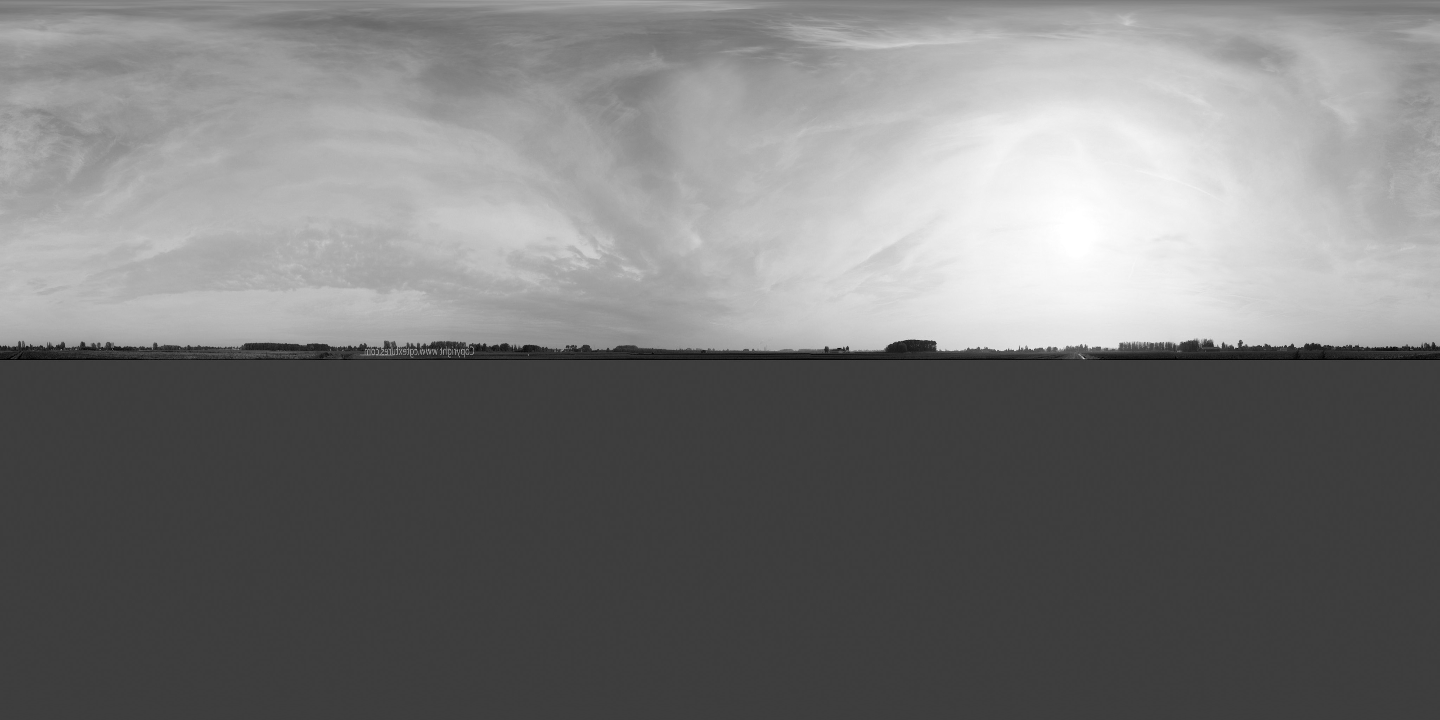
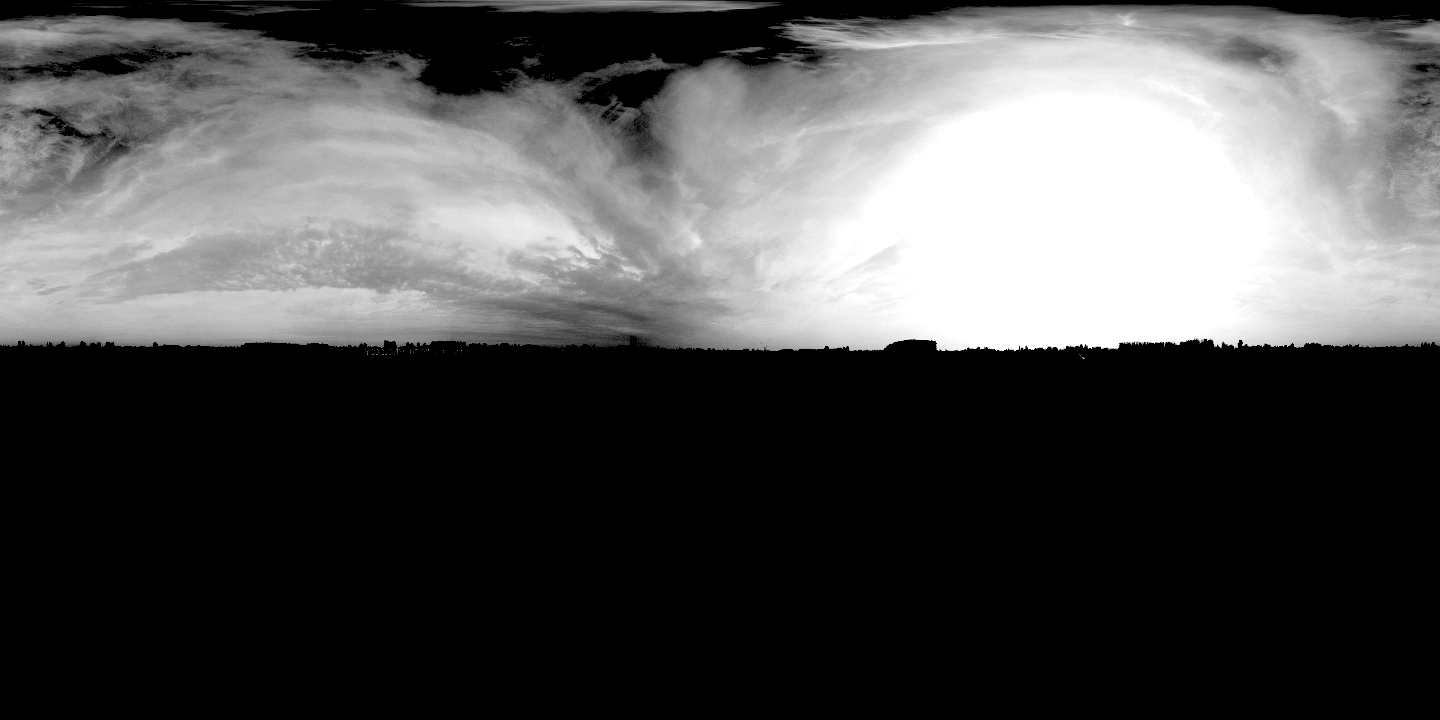
Mid-constrast map
Used in the Synthetic scene.

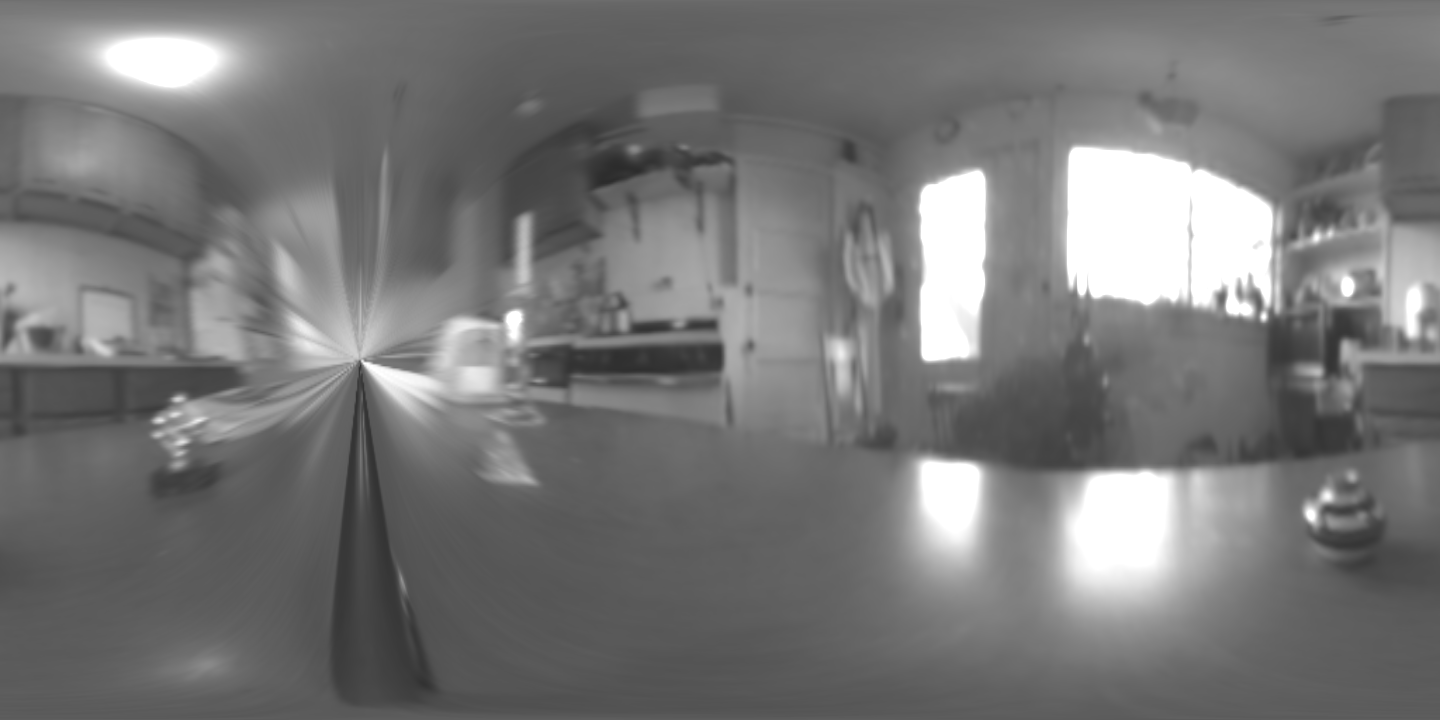
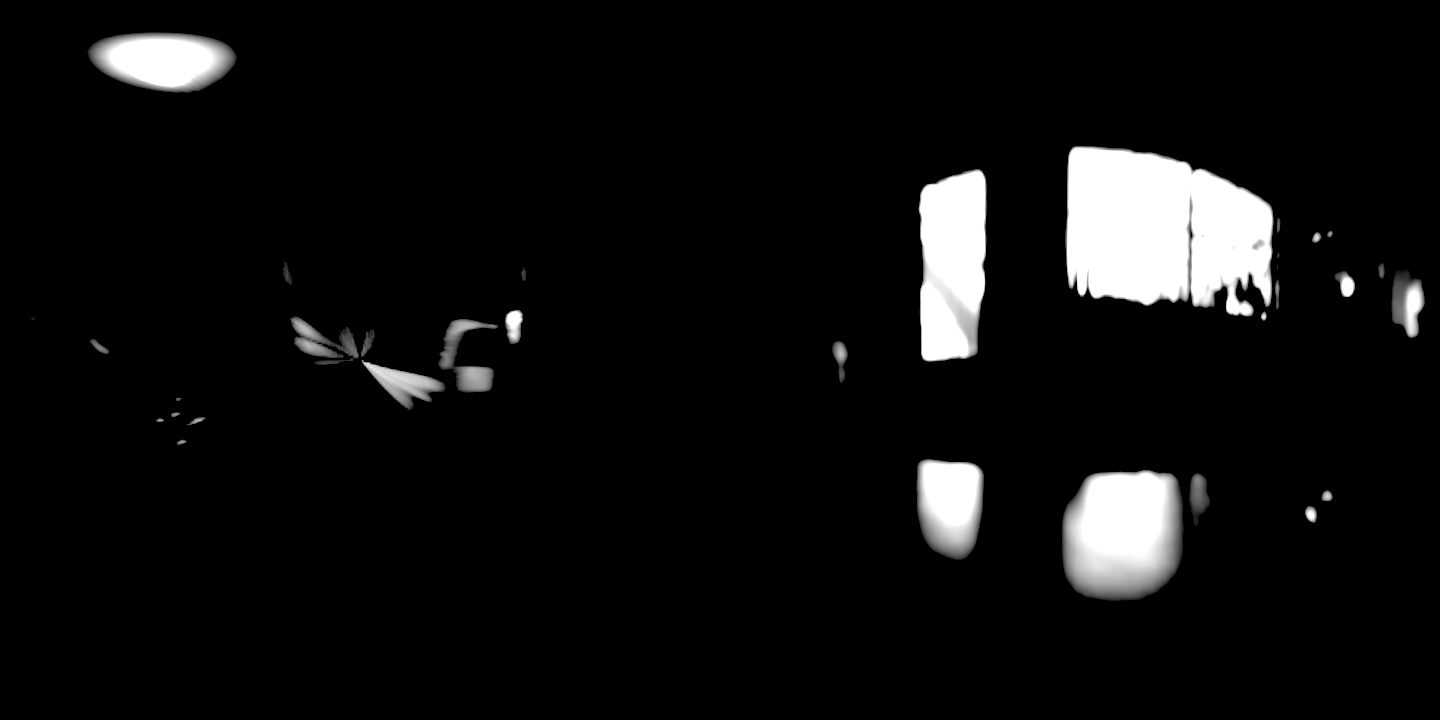
High-constrast map
Used in the Synthetic, Pills, and Room scenes.

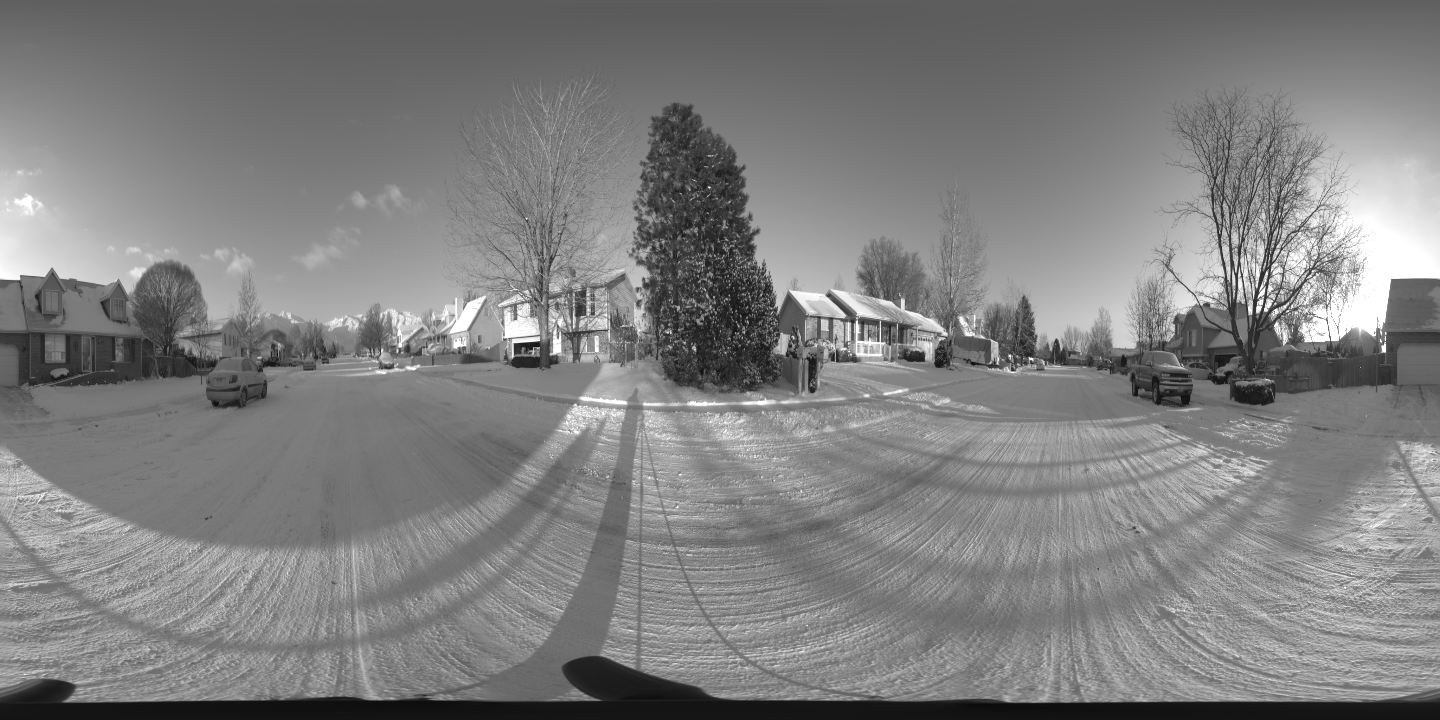
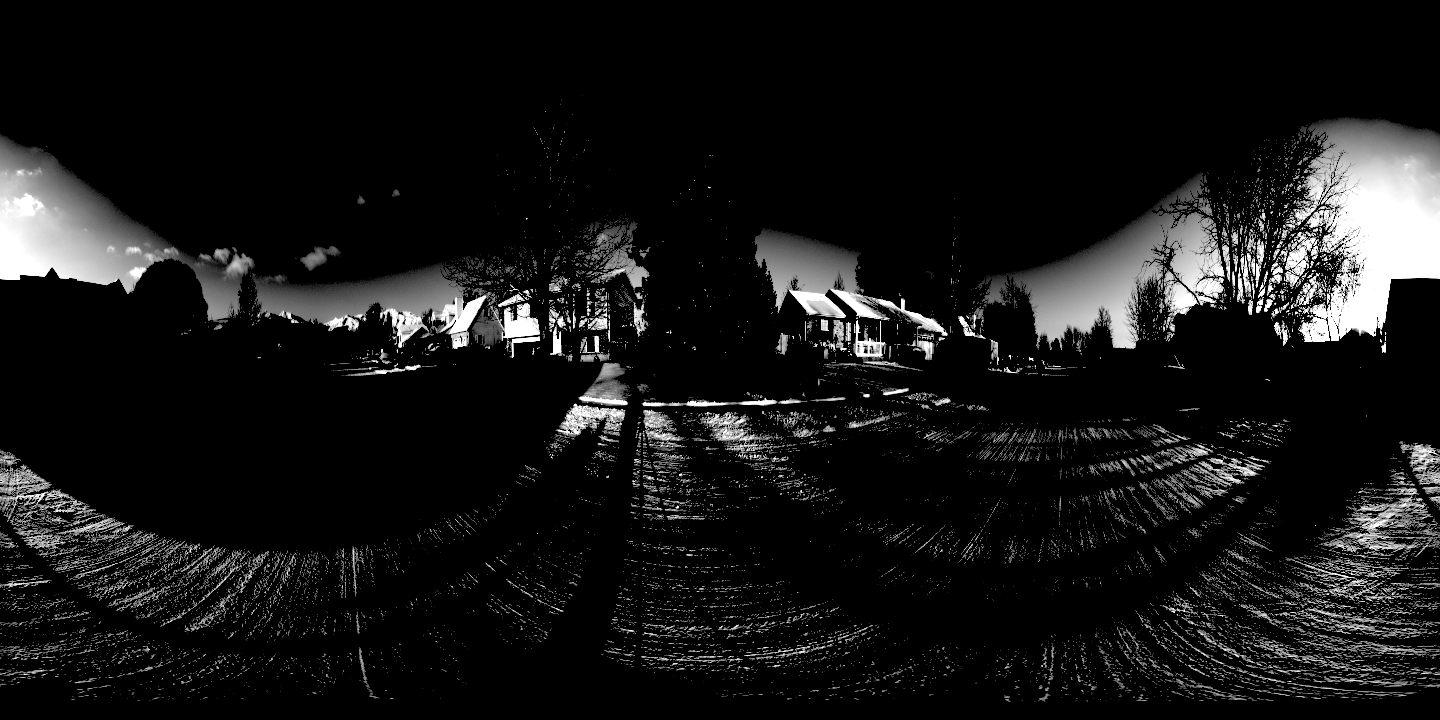
Synthetic scene
Equal-sample comparison (1 sample per pixel)

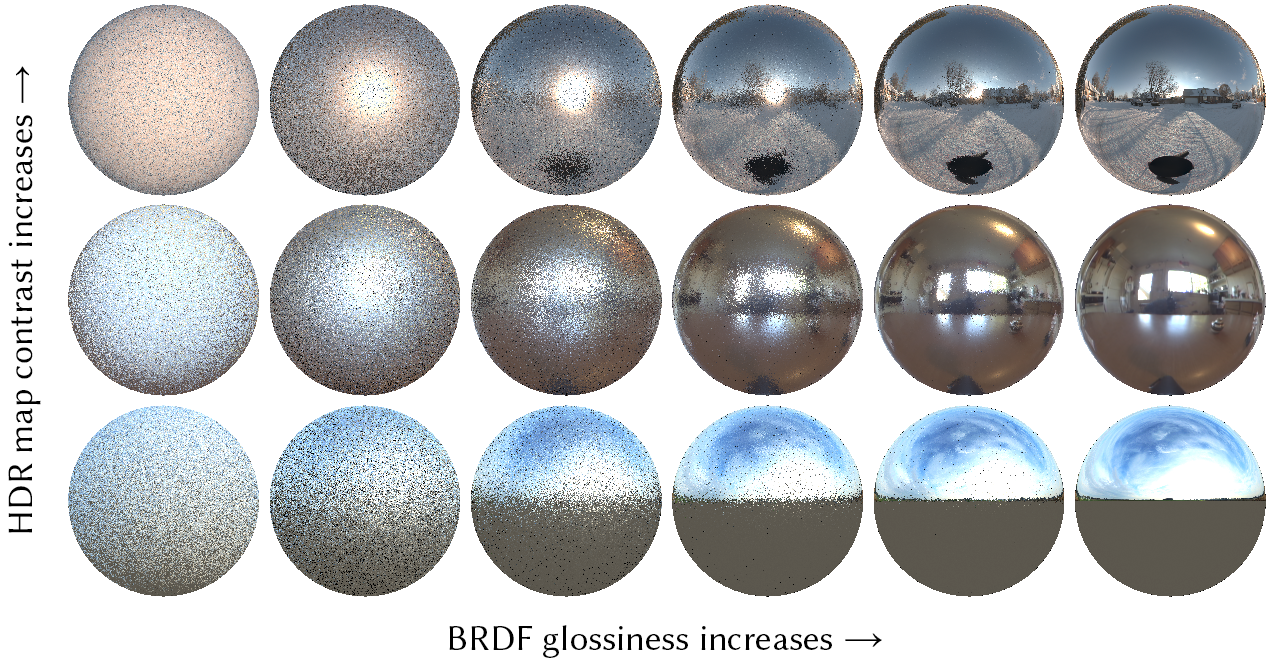
Pills scene
Equal-time comparison (5 seconds)
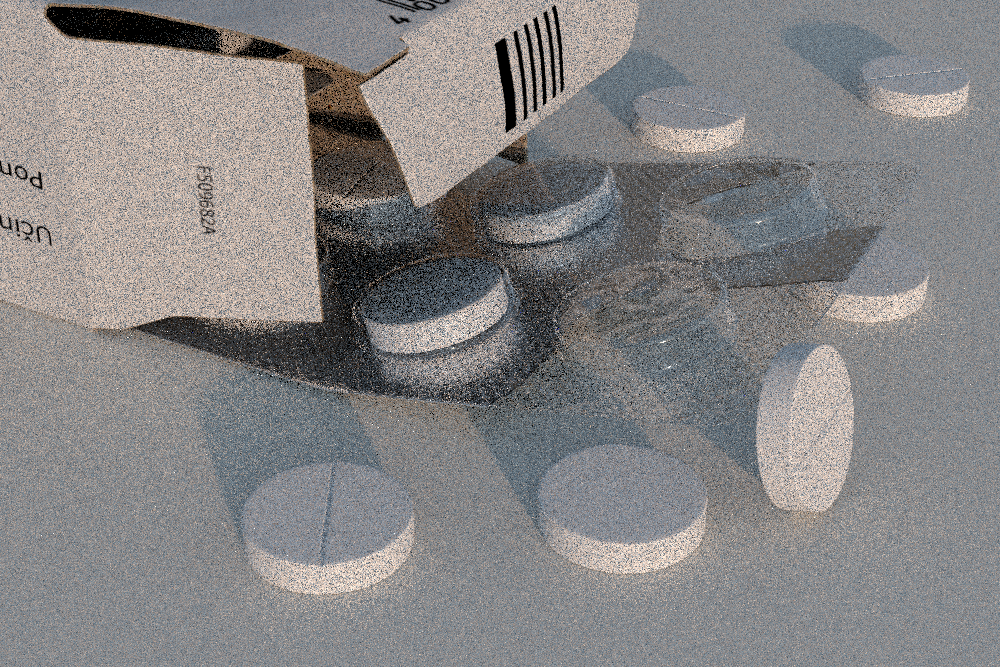

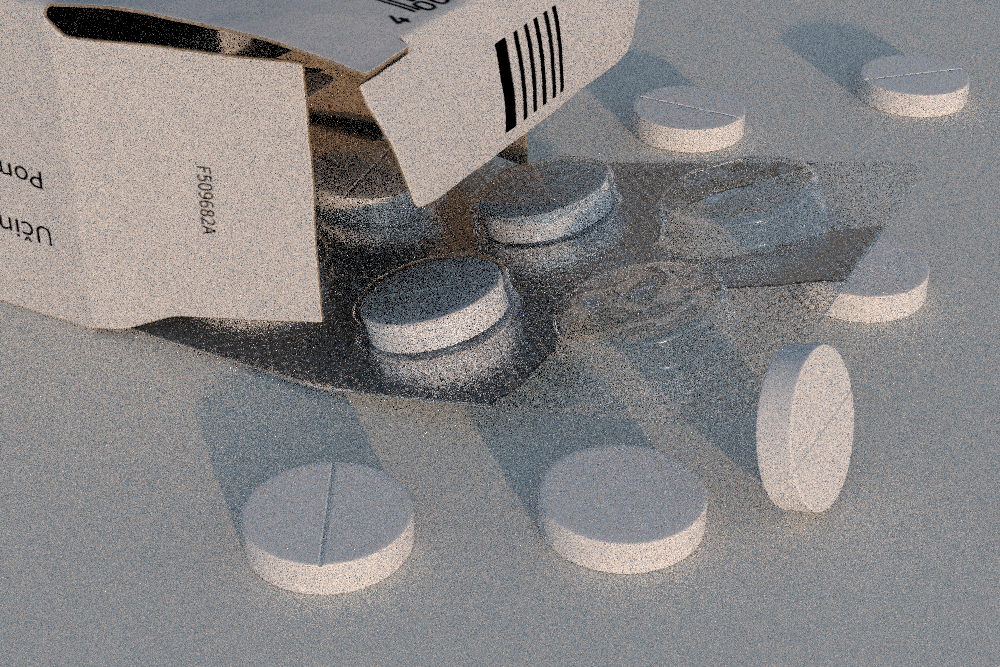

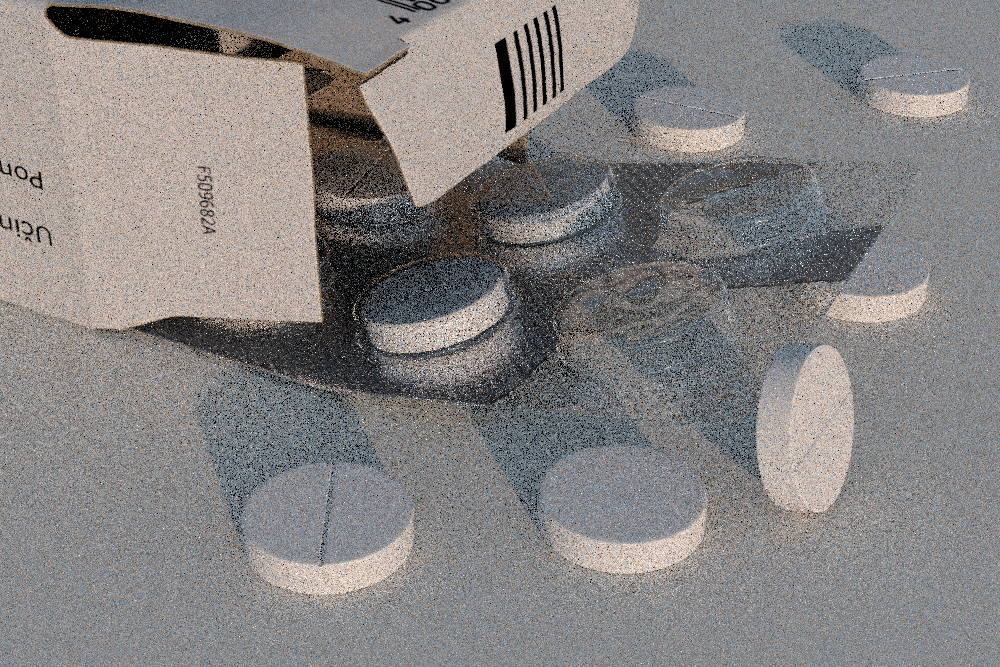

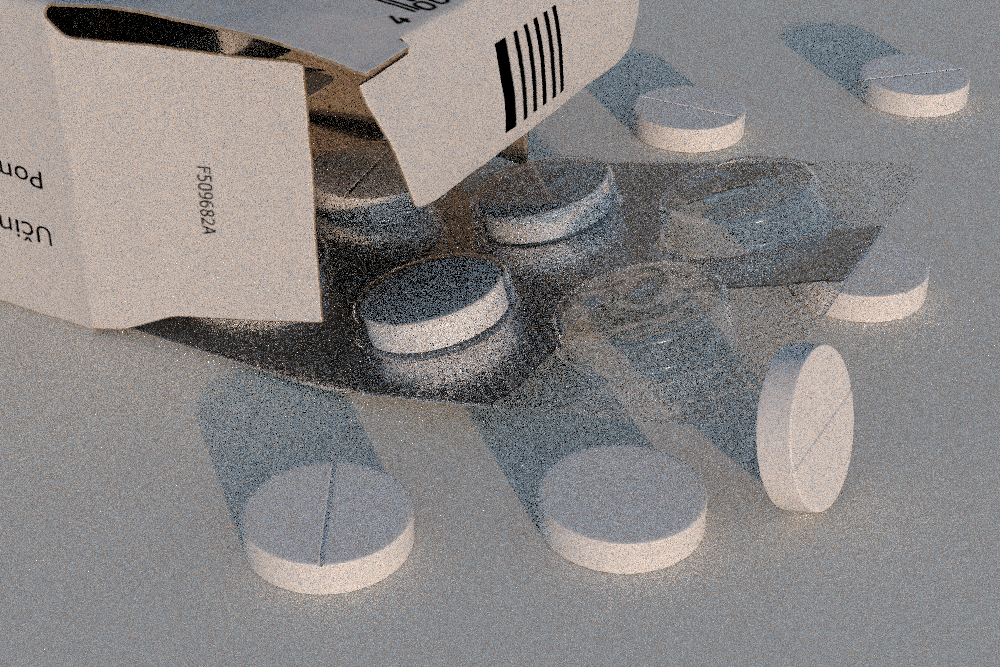
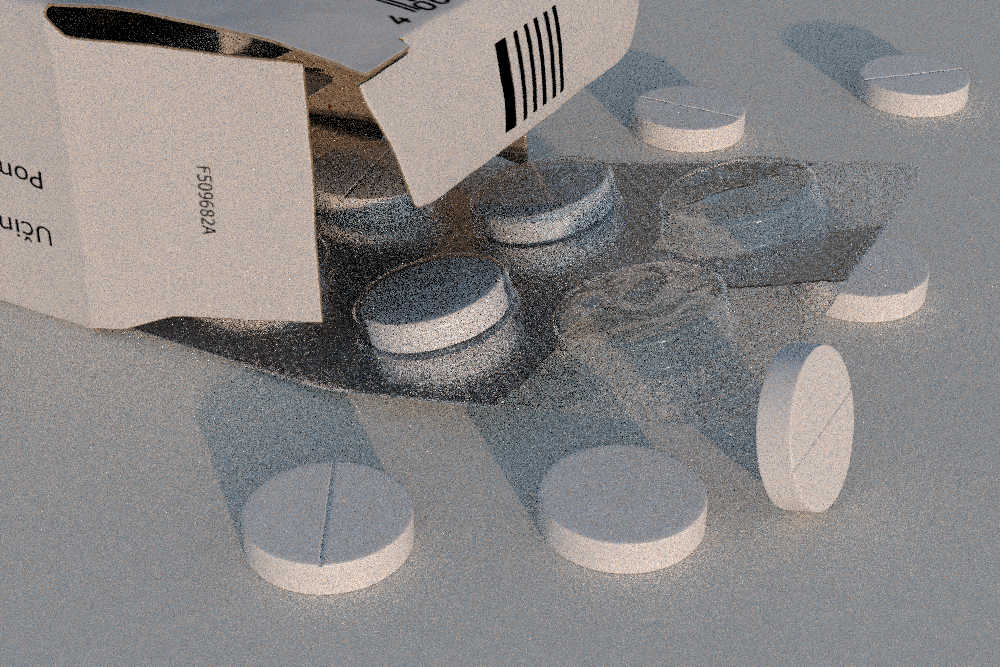



Equal-sample comparison (160 samples per pixel)
Note that the apparent brightness change inside the box between the reference and either compared method is caused by the originally singular fireflies eventually coming together and forming continous reflective caustics.

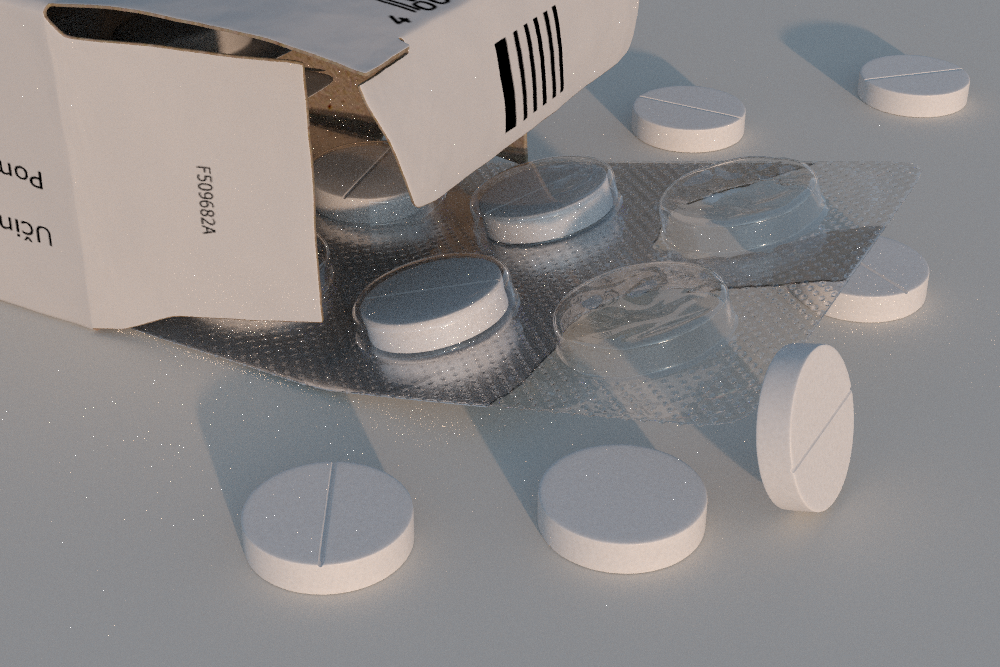
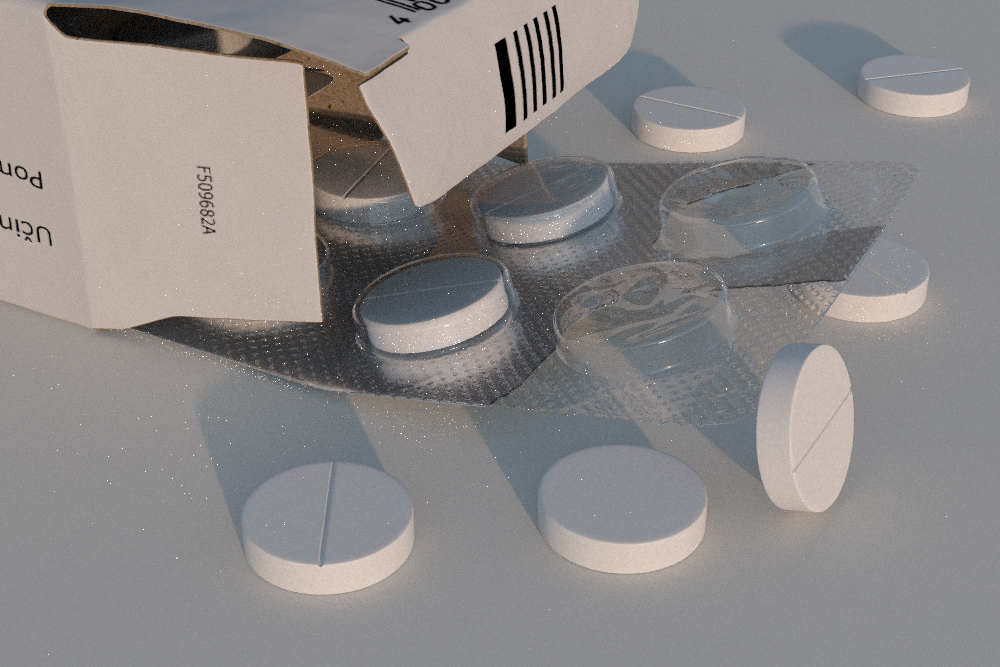


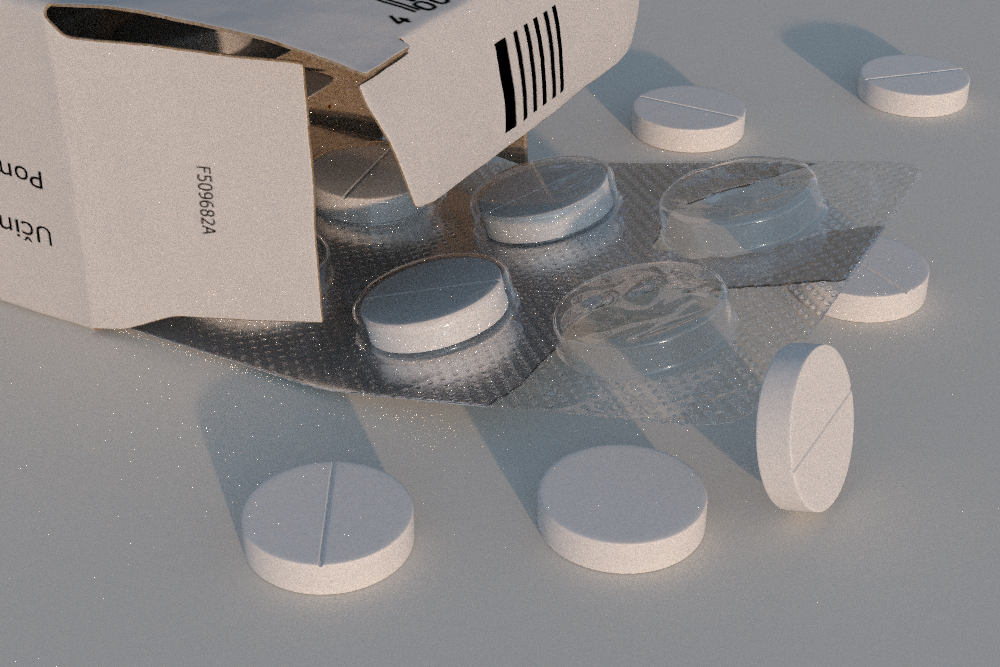

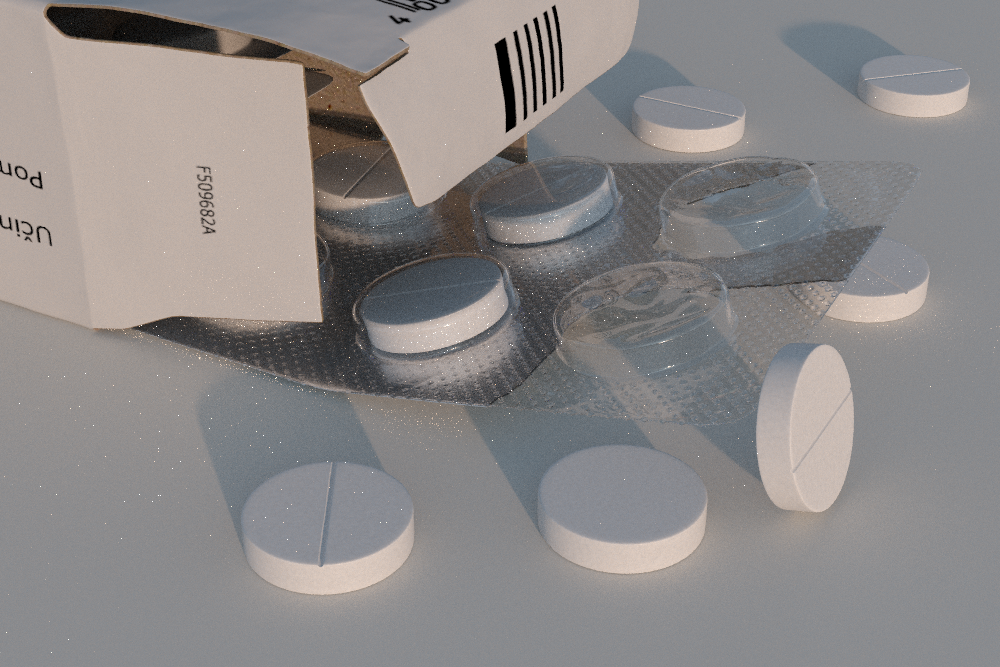

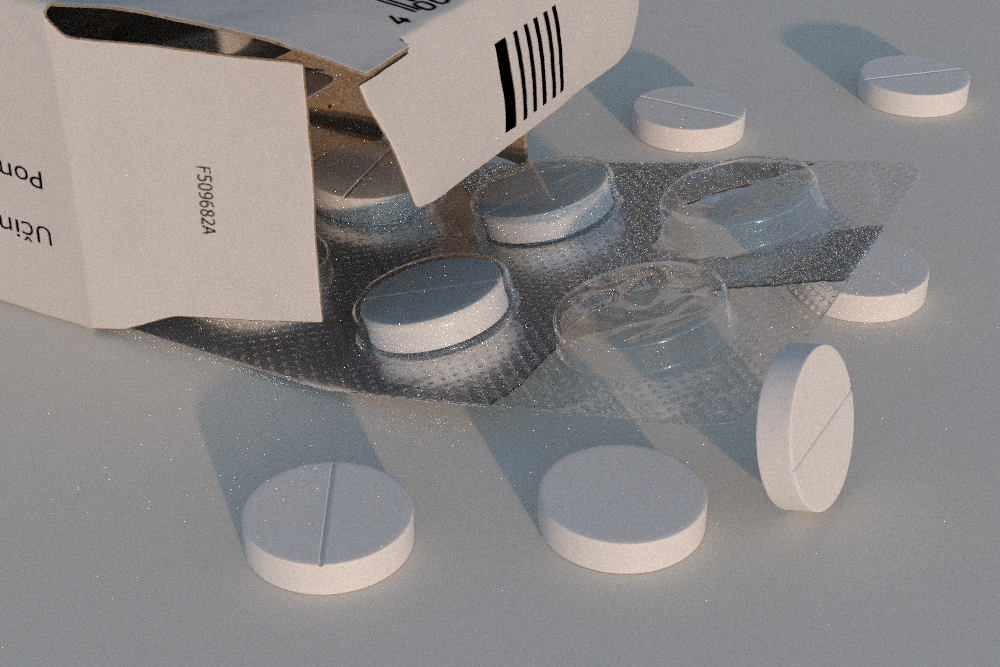

Room scene
Equal-time comparison (50 seconds)
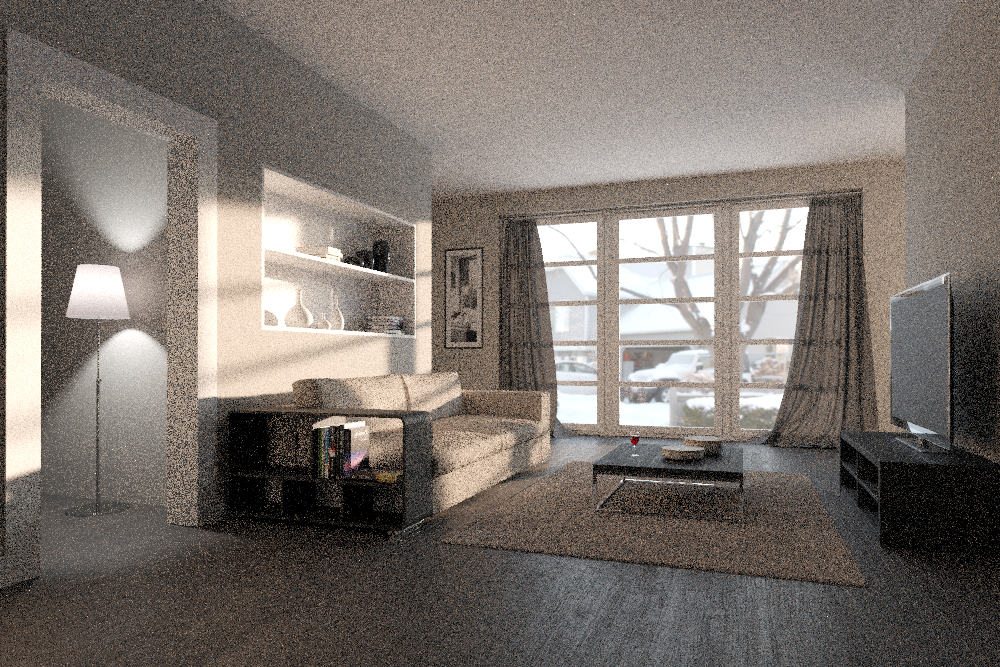
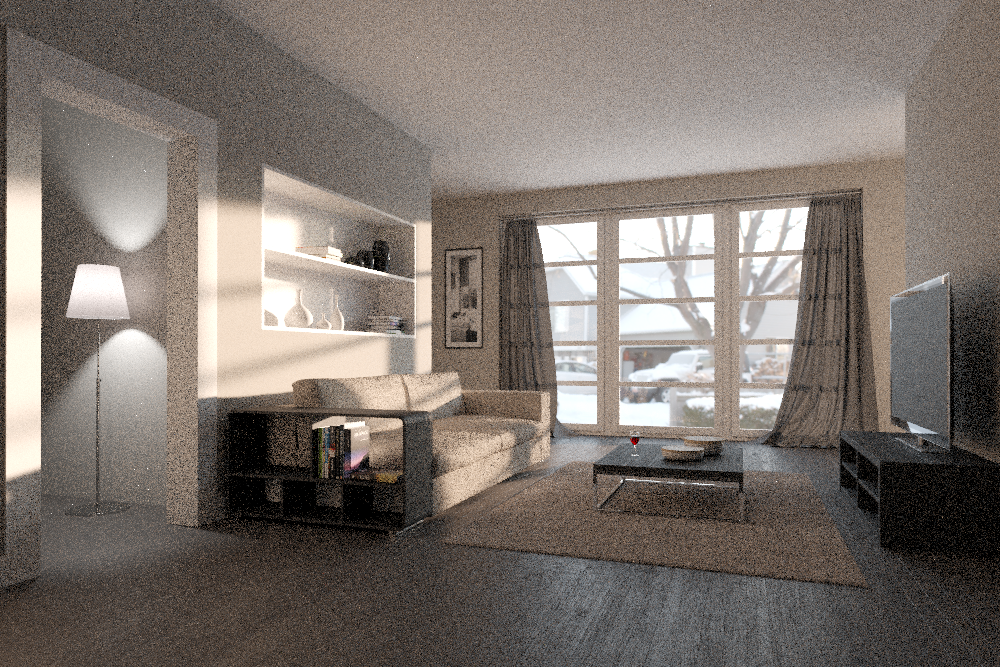
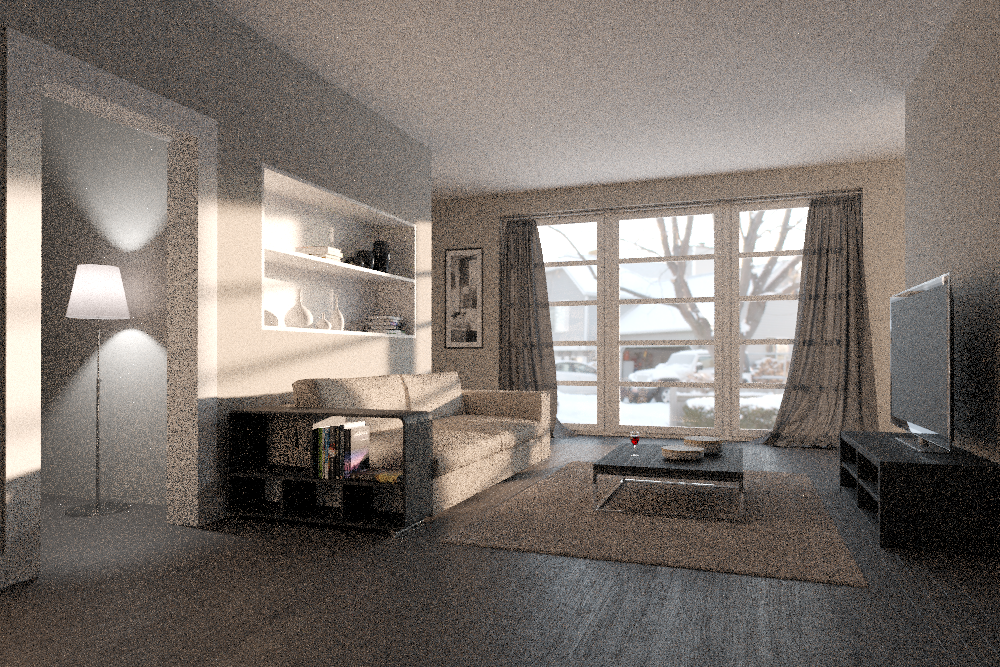
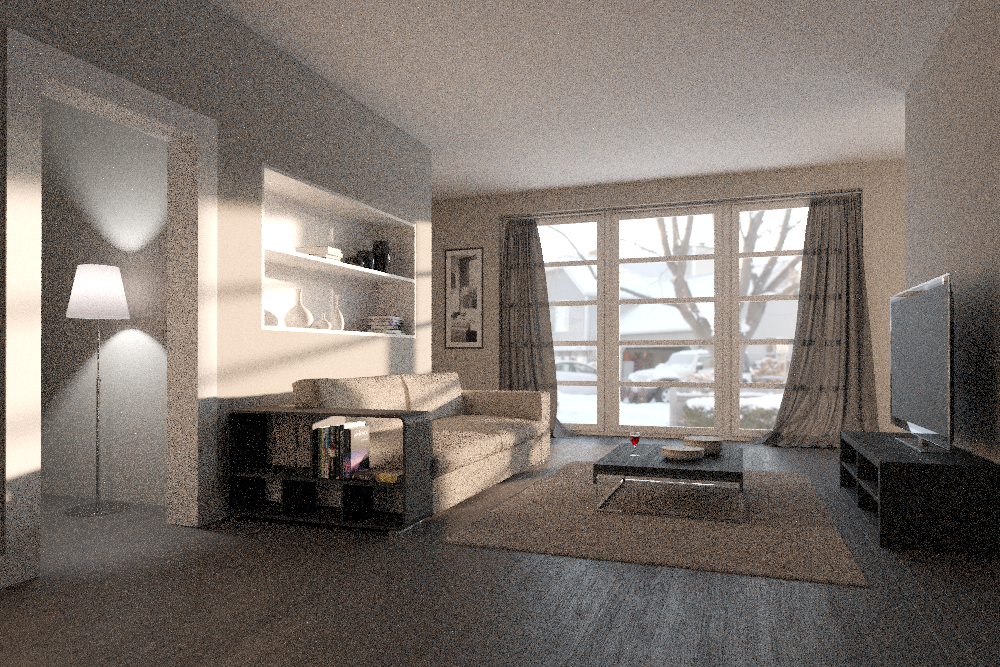
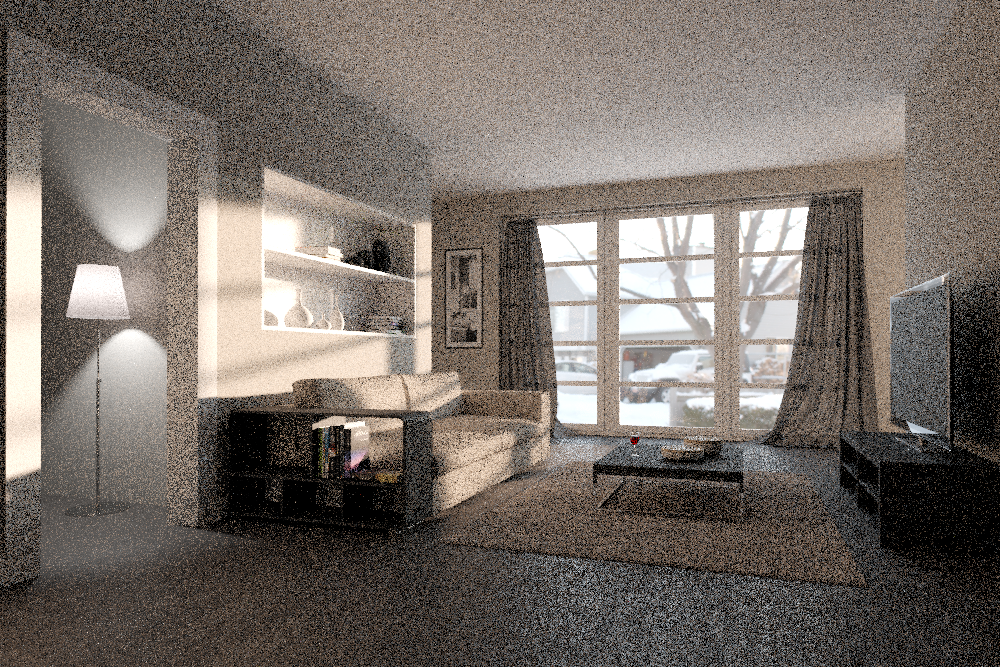






Equal-sample comparison (160 samples per pixel)
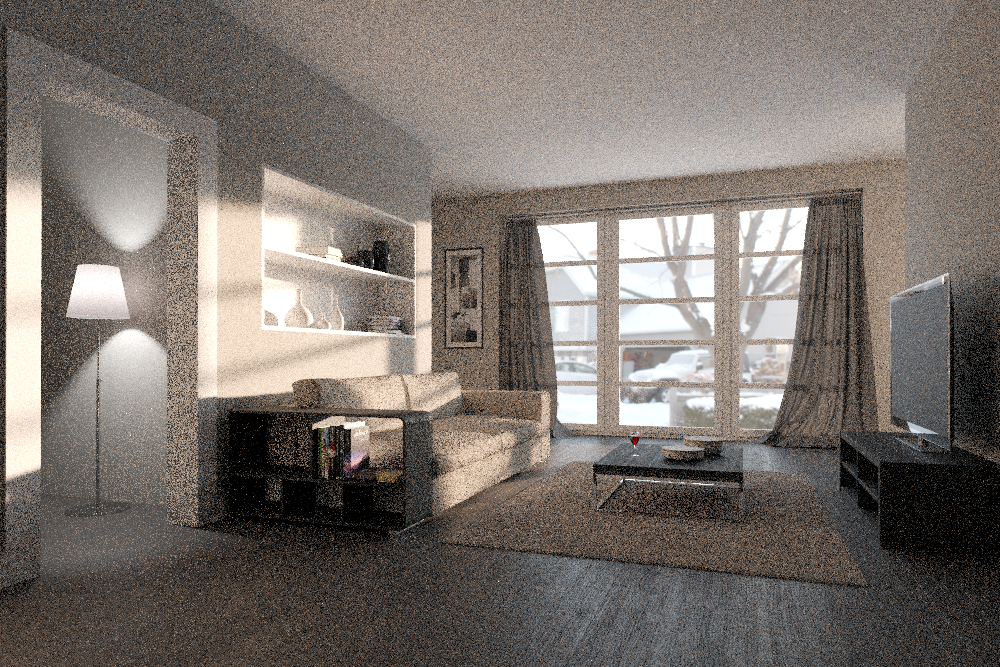
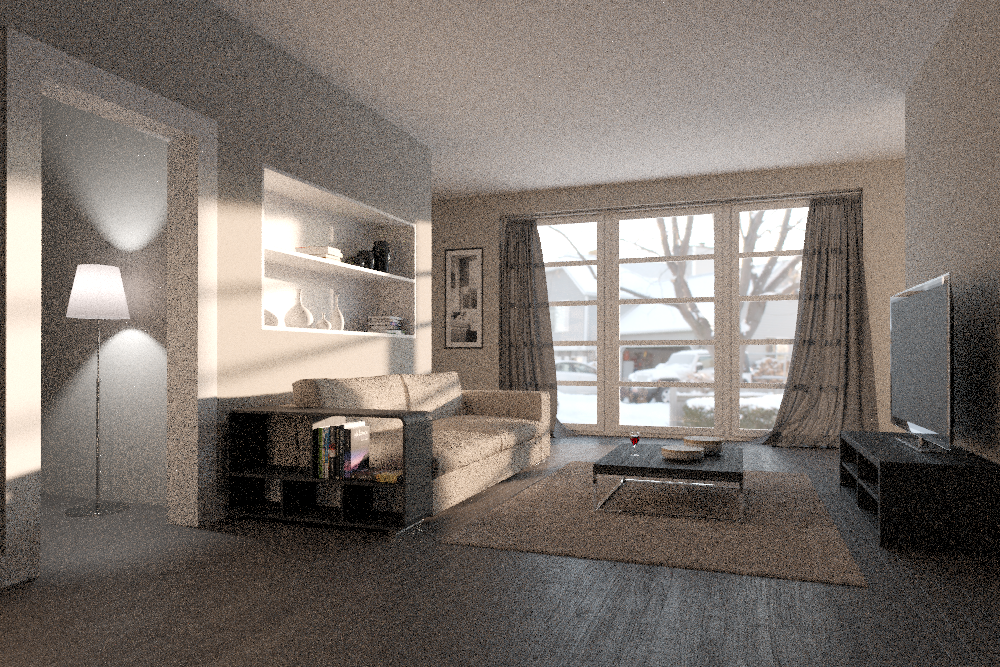
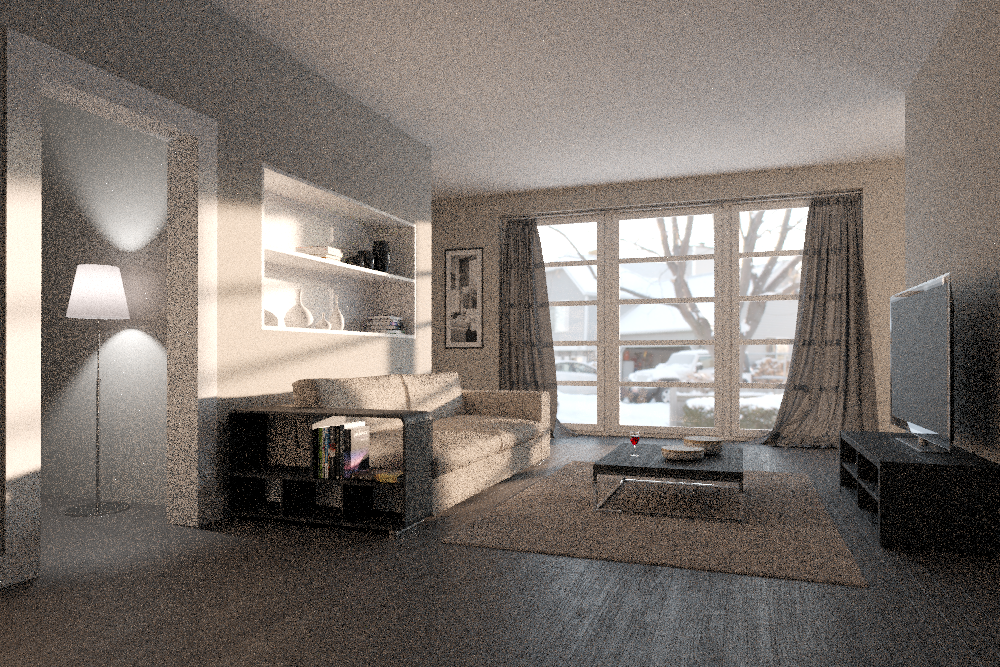
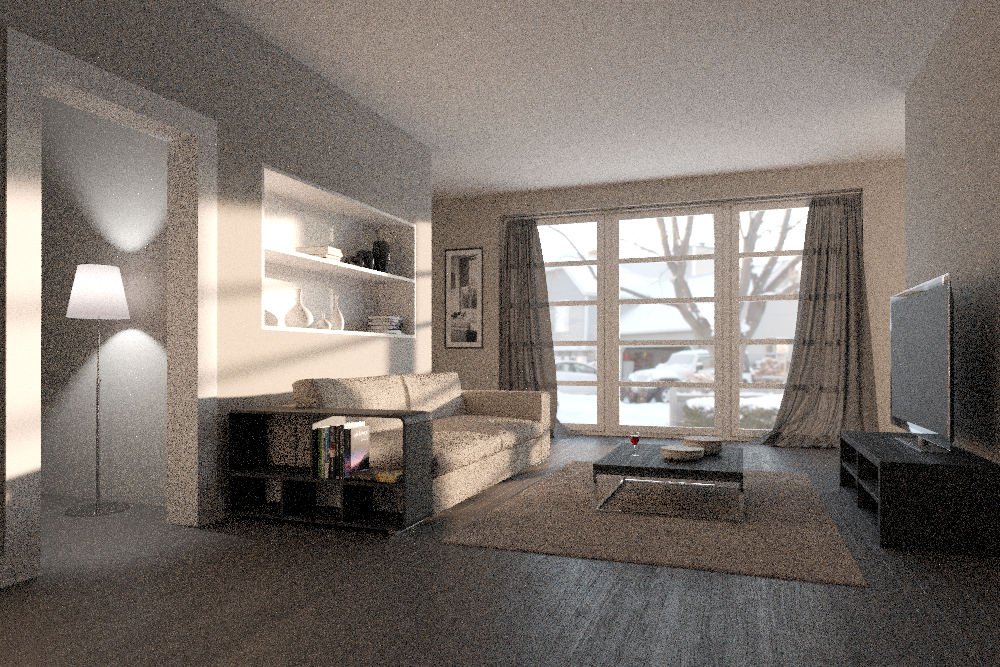
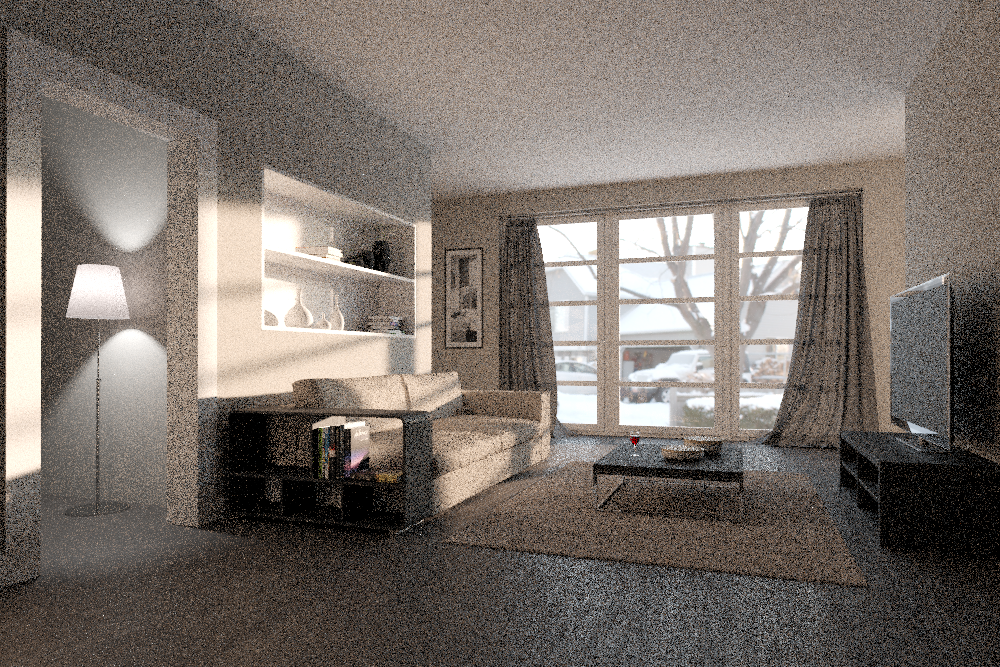






Car scene
Equal-time comparison (5 seconds)
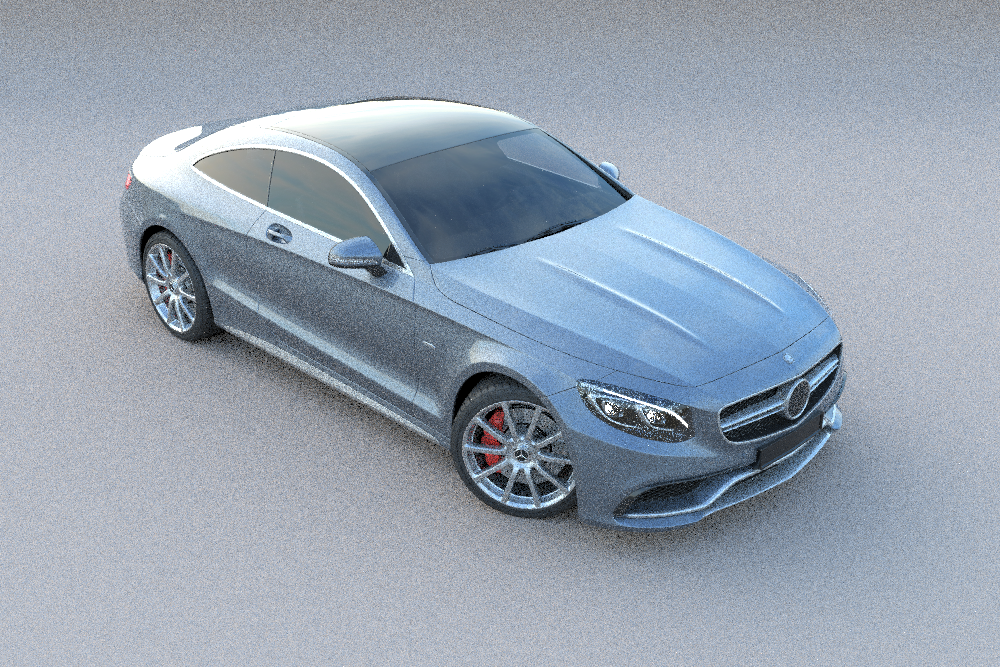
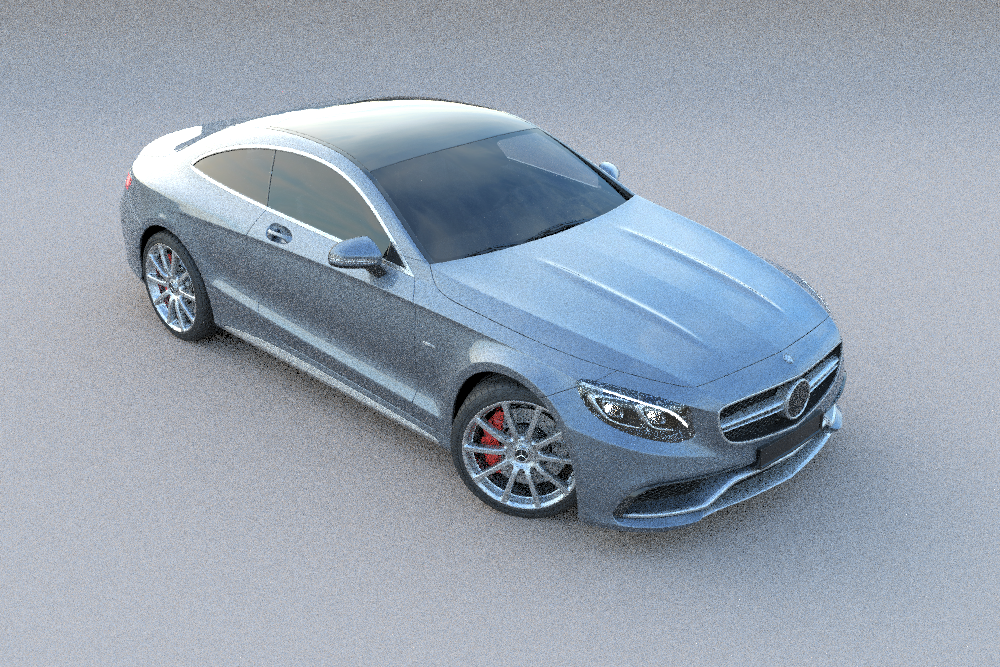
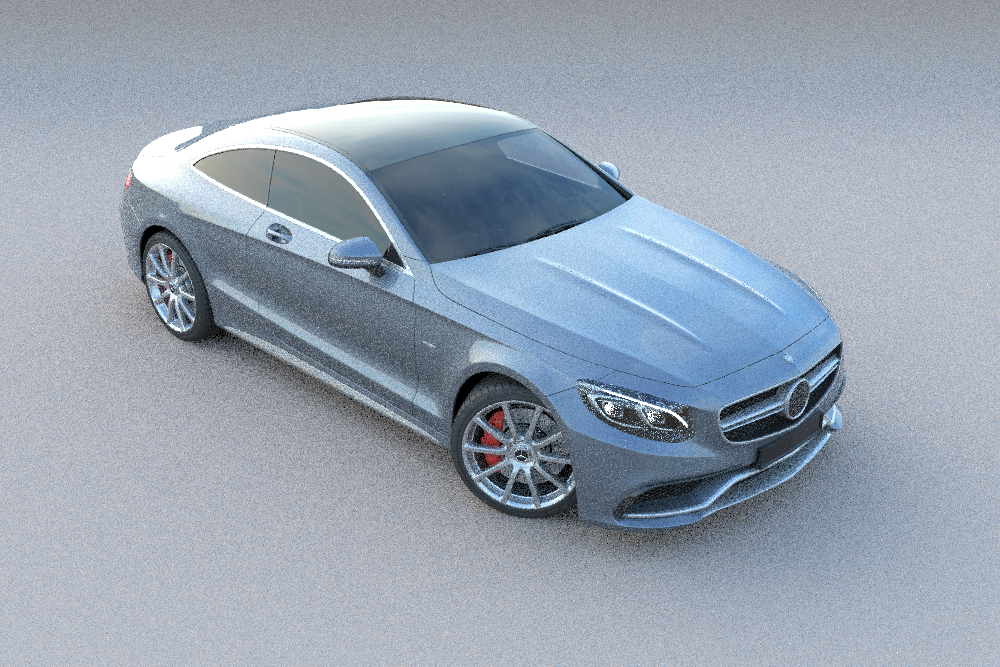
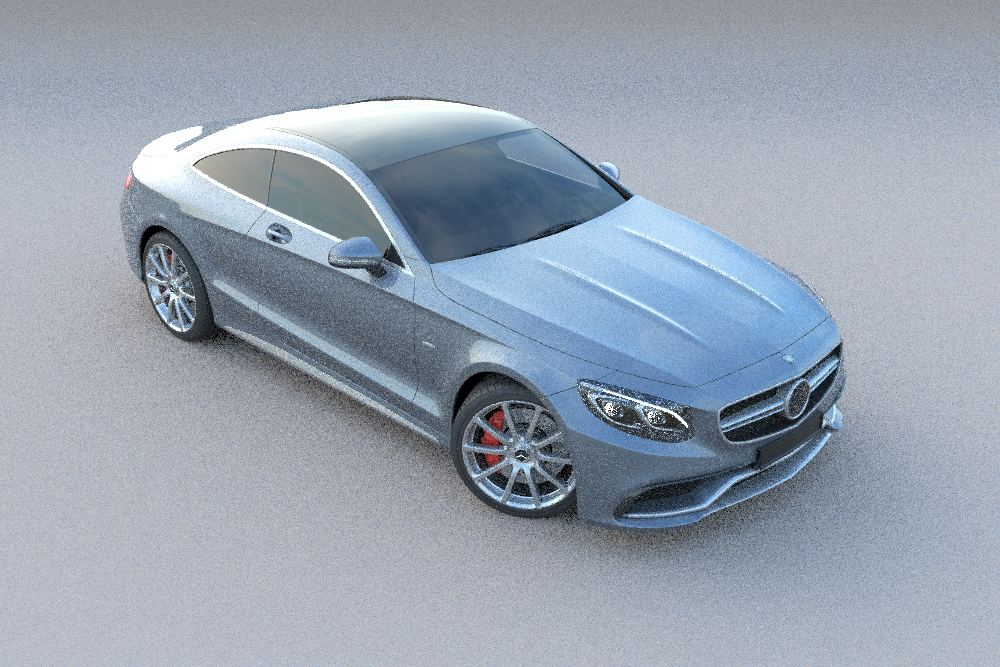
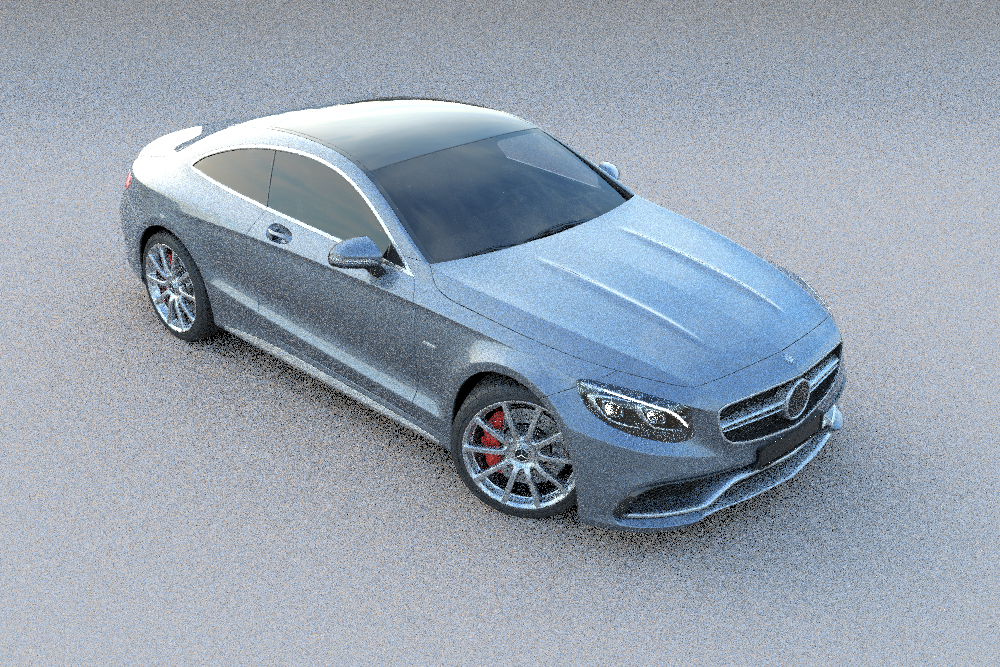






Equal-sample comparison (160 samples per pixel)
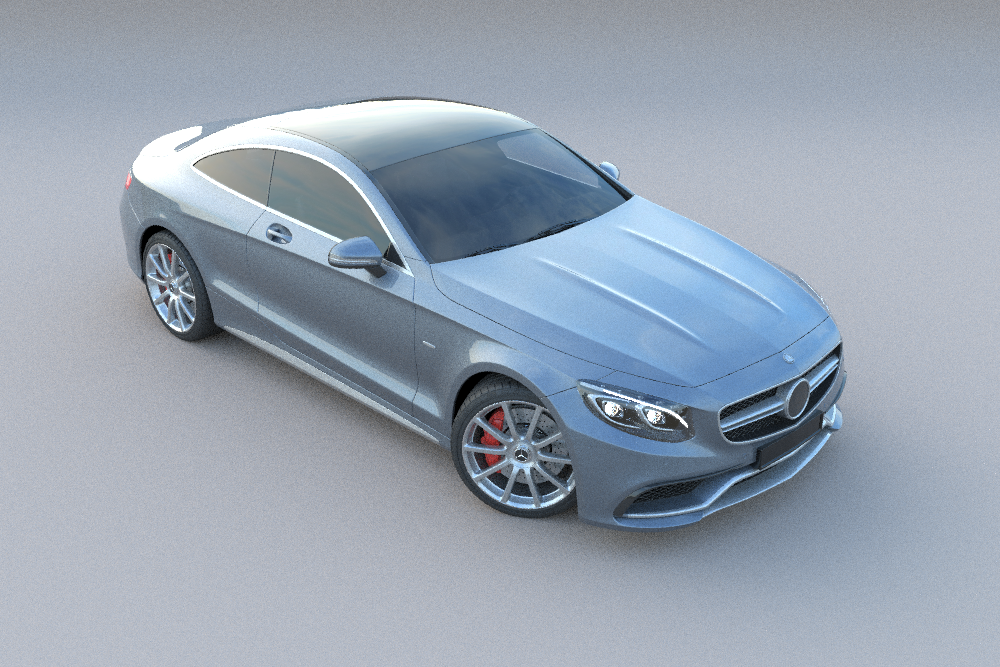


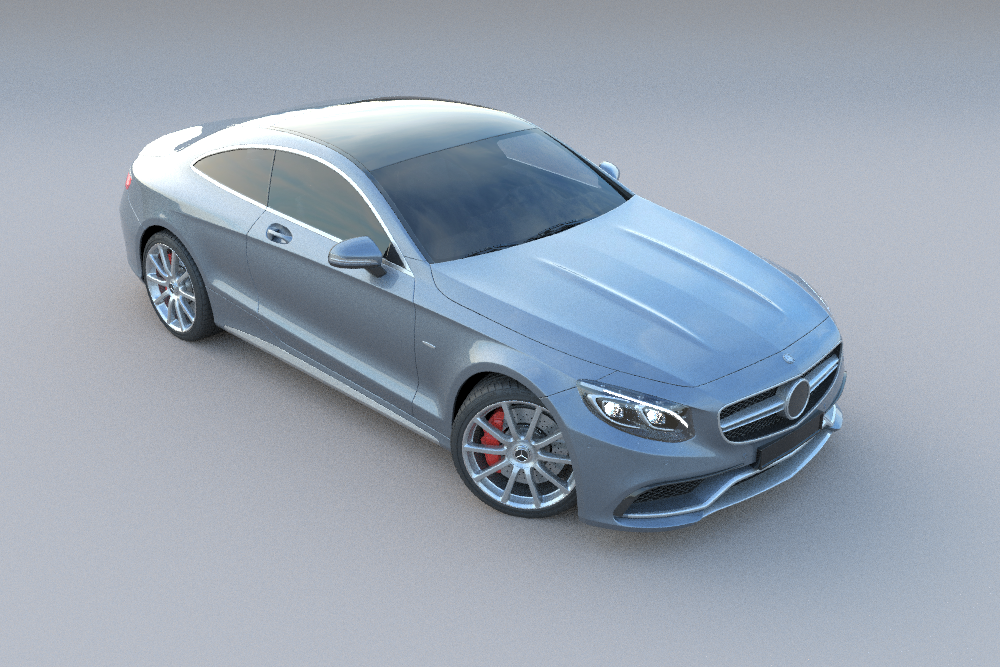
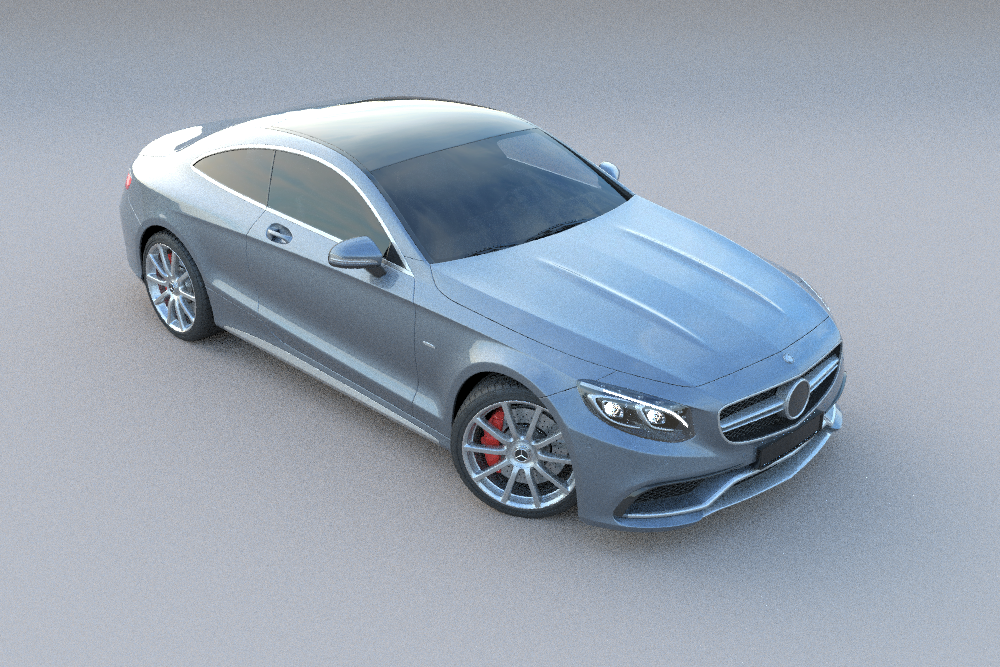

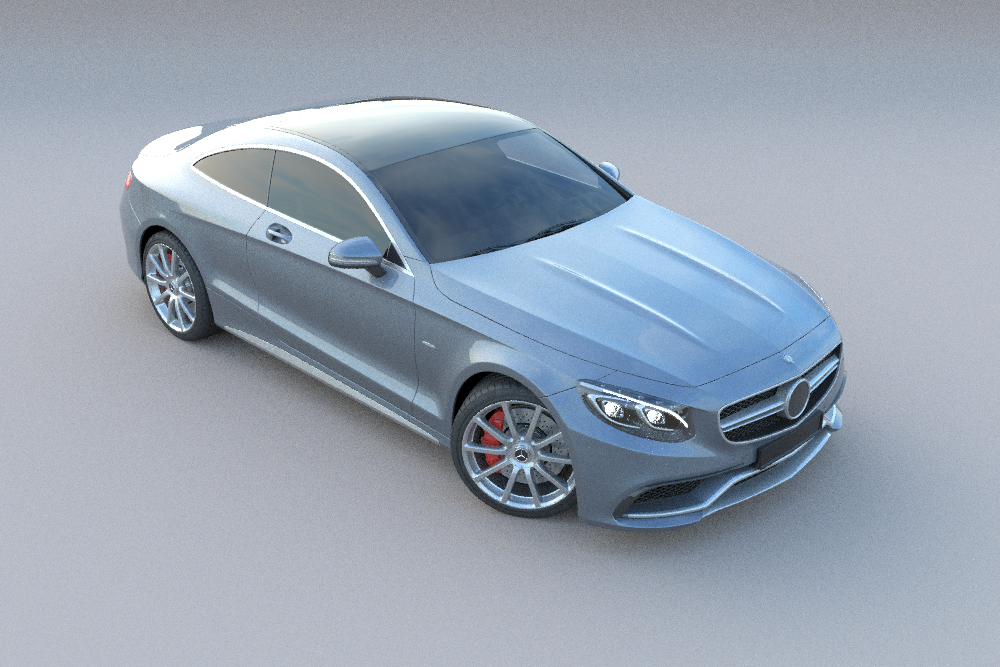

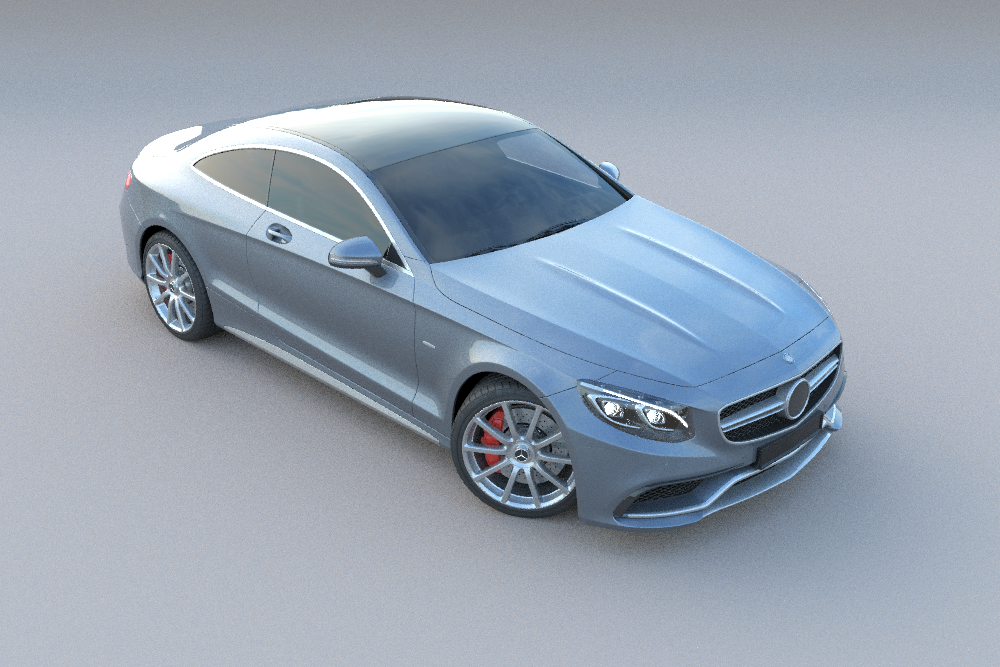


Application II: Path guiding
Kitchen scene
Equal-time comparison (150 seconds)
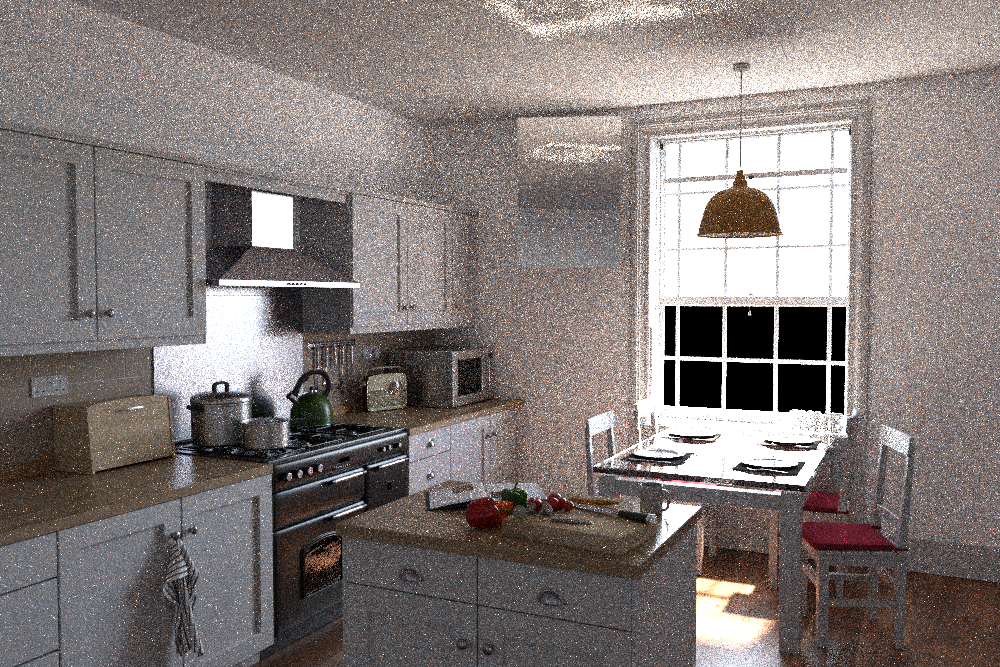
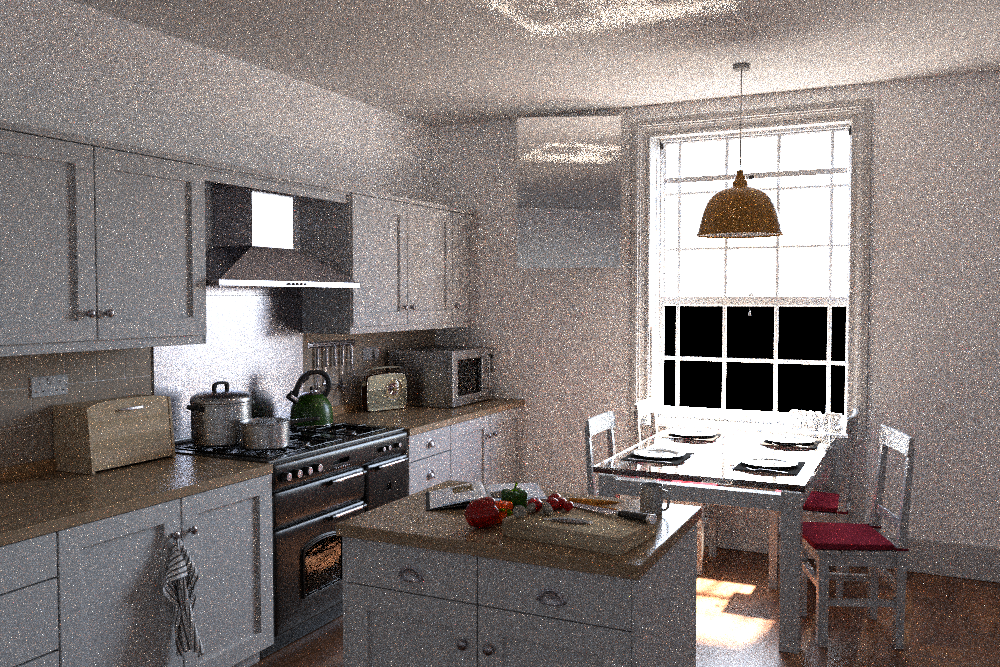

Equal-sample comparison (140 samples per pixel)
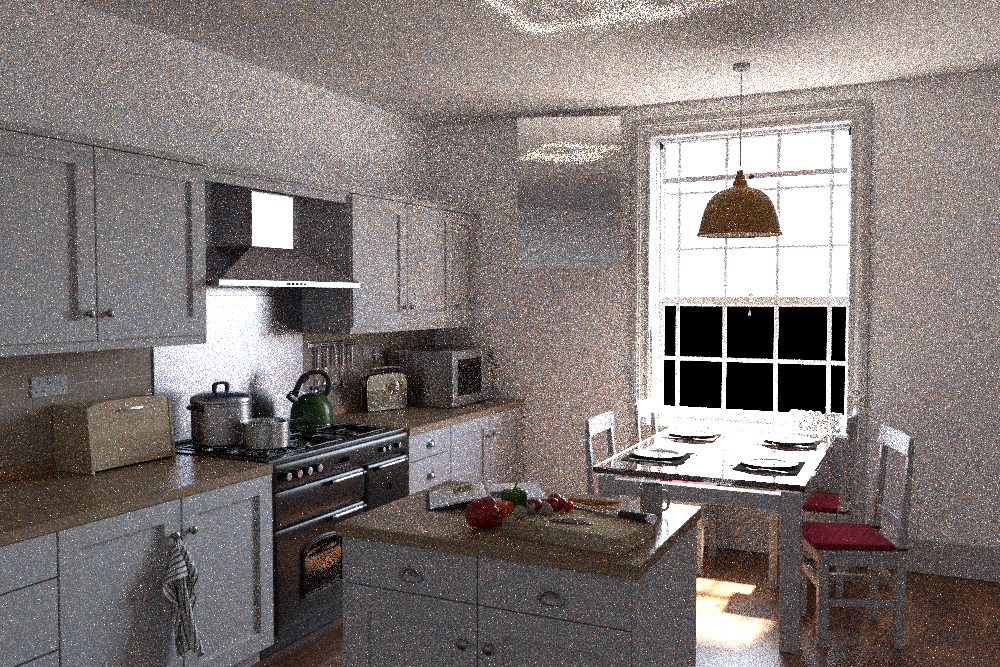
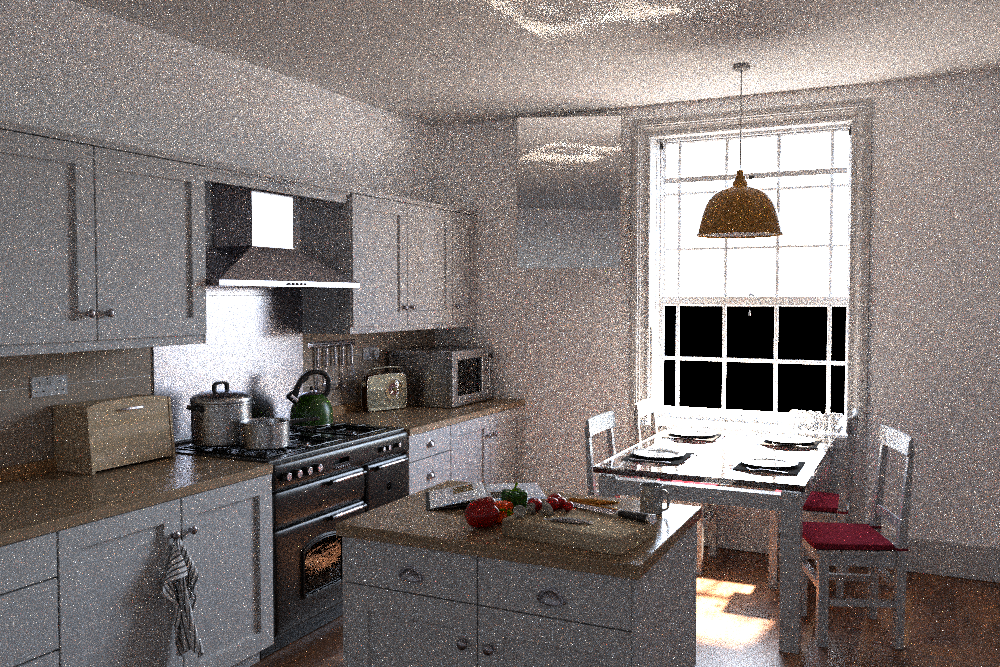

Pool scene
Equal-time comparison (150 seconds)



Equal-sample comparison (260 samples per pixel)


